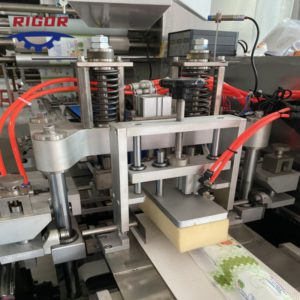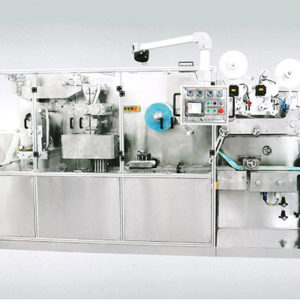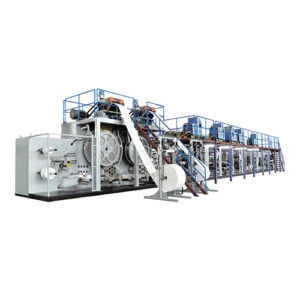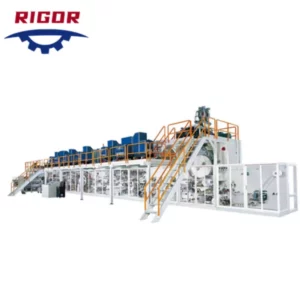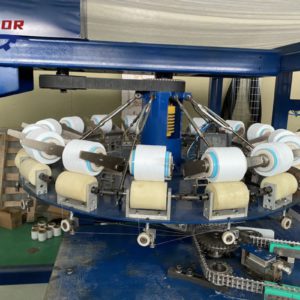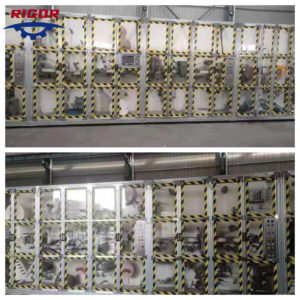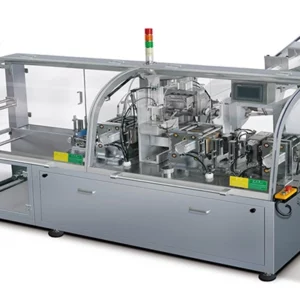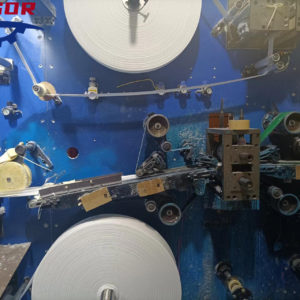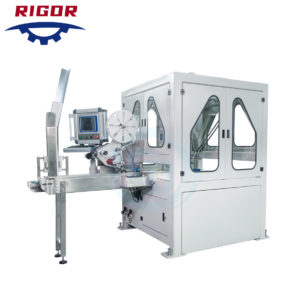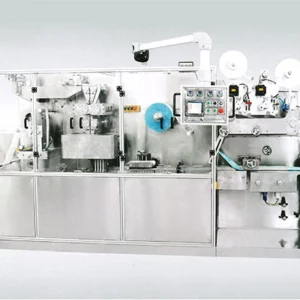Automatic baby diaper machine utilizes automation, computerization and integration to improve nearly every aspect of diaper production.
Manufacturing baby diapers at large scales requires specialized machinery to ensure consistent quality, efficiency and profitability. Automatic diaper machines help diaper producers reduce costs, improve outputs and meet strict standards through automation. Here are the main types and functions of automated diaper making systems.

Types of Automatic Diaper Machines
There are several key automatic machines used in diaper production lines:
- Nonwoven Cutting Machines: These machines are as used to cut rolls of nonwoven fabric. So that to the desired sizes and shapes for the topsheet, backsheet, and leg cuffs of the diaper.
- Absorbent Core Making Machines: These machines are responsible for laying absorbent fibers into the desired shape and wrapping them with nonwoven fabric to create the absorbent core of the diaper.
- Elastic Attachment Systems: This system uses cylinders, guides, and pressing equipment to apply stretchable elastics to the leg and waist areas of the diaper.
- Tape Affixers: These machines automatically attach adhesive tapes to the sides of the diaper, replacing traditional tabs for adjustable closures.
- Leg Cuff Folding Machines: These automated systems fold the diaper side panels to form the leg openings and seal them in place with hot melt adhesives.
- Finishing Lines: This machinery performs final operations such as quality checks, packaging, and stacking of finished diapers in preparation for distribution.
- Presses and Ovens: These systems apply heat and pressure to activate adhesives, bond layers, and shape components during the production of diapers.
- Leak Proofness Testers: Automatic machines are used to check for any holes or weaknesses in the outer diaper layers that could result in leaks.

Key Functions Of Diaper Machinery
Regardless of type, automated baby diaper equipment aims to:
- Reduce labor – Minimizing the amount of manual labor needed helps lower production costs.
- Increase output – Higher speeds, throughputs and runtimes maximize the number of diapers produced per hour.
- Improve consistency – Computer controls and precision parts produce diapers that meet tight spec ifications for sizing, materials and performance.
- Minimize errors – Automated processes reduce human errors that can cause product defects or line downtime.
- Optimize material usage – Precisely cut components and regulated filling of absorbent cores saves materials and reduces waste.
- Integrate processes – Combined steps into single machines streamline production and reduce changeover times between operations.
- Enhance reliability – Robotic mechanisms, sensors and IOT capabilities maximize uptimes and minimize downtimes.
- Enable traceability – Data tracking and machine ID codes facilitate full traceability from diaper to component for quality assurance.
